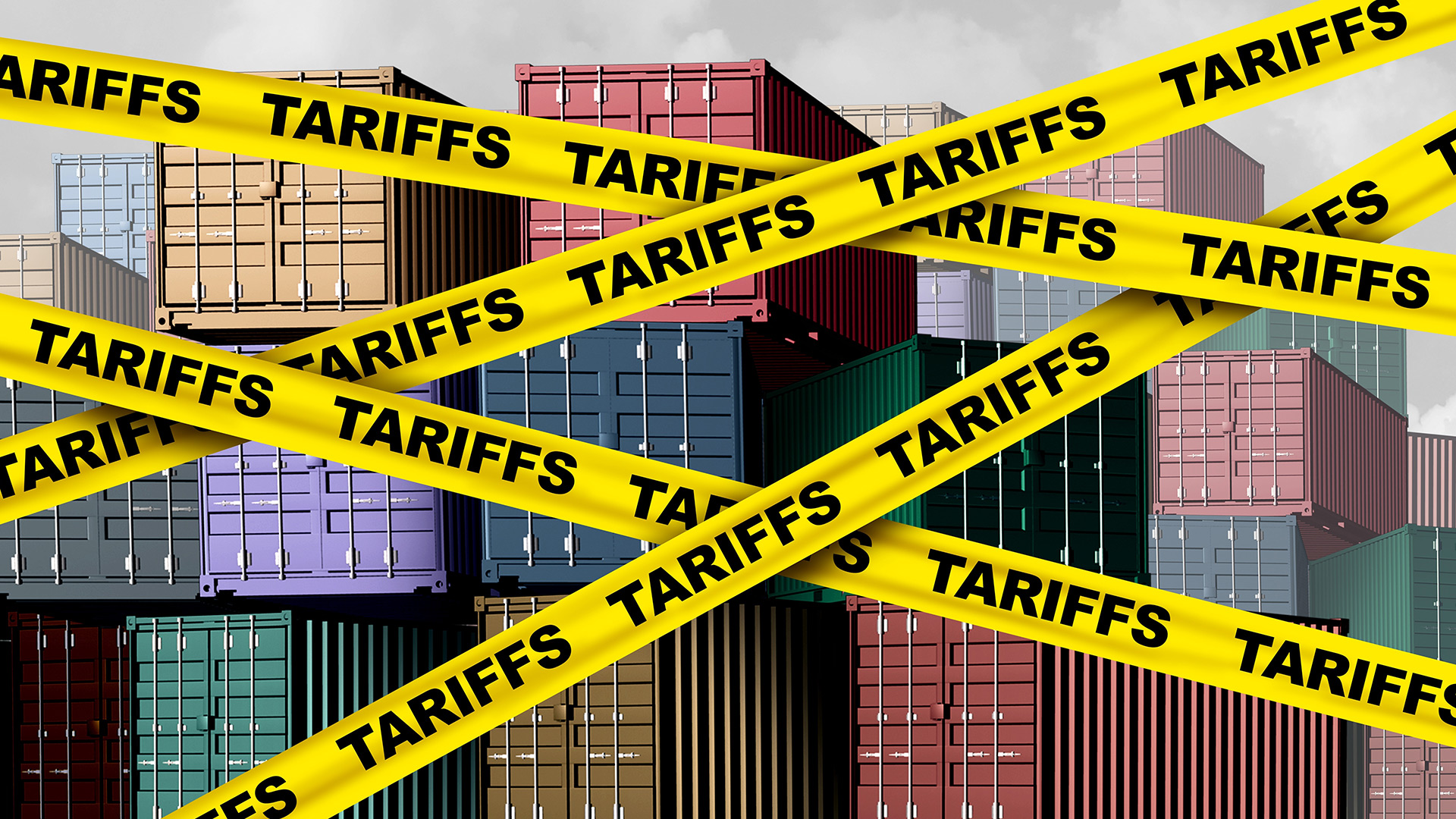Trade Wars and Tariffs: Navigating the High Seas of International Shipping
- 11 February 2025
- 6 min to read
- 367 views

In the intricate world of global commerce, trade wars and tariffs are akin to sudden storms that can disrupt even the most well-charted shipping routes. For businesses engaged in international trade, understanding these elements is crucial to maintaining smooth operations and staying competitive.
The Impact of Tariffs on Global Shipping
Tariffs, essentially taxes levied on imported or exported goods, can significantly alter the dynamics of international shipping. When a country imposes higher tariffs, it increases the cost of foreign goods, which can lead to a decrease in import volumes. This reduction affects shipping companies by decreasing demand on certain trade routes, potentially leading to overcapacity and increased operational costs. For instance, recent U.S. tariffs on Chinese goods have led to increased fees for American consumers, with some charges reaching over $50.
Moreover, tariffs can cause shifts in global supply chains. Businesses may seek alternative sourcing countries with lower tariff rates, leading to new or adjusted shipping routes. This realignment requires shipping companies to be agile and responsive to changing trade patterns.
Strategies for Navigating Trade Barriers
To effectively manage the challenges posed by trade wars and tariffs, businesses can adopt several strategies:
- Diversify Supply Chains: Relying on a single country for sourcing can be risky in a volatile trade environment. By diversifying suppliers across multiple countries, businesses can mitigate the impact of country-specific tariffs and reduce dependency on any single market.
- Utilize Free Trade Agreements (FTAs): Engaging in FTAs can provide access to reduced tariff rates among member countries. Businesses should explore and leverage these agreements to optimize their sourcing and distribution strategies.
- Invest in Technology: Advanced logistics software can help in route optimization, cost calculation, and efficient resource allocation. By investing in technology, companies can better navigate the complexities introduced by changing tariffs.
- Engage in Tariff Engineering: This involves modifying products or their classifications to qualify for lower tariff rates. While it requires a thorough understanding of tariff codes and regulations, it can lead to significant cost savings.
The Unintended Consequences of Trade Wars
While the primary goal of tariffs is to protect domestic industries, they can sometimes lead to unintended consequences. For example, increased tariffs can result in higher production costs for domestic manufacturers who rely on imported components, leading to higher prices for consumers. Additionally, retaliatory tariffs from other countries can further complicate international trade relations and supply chains.
A recent analysis indicates that new tariffs could reduce overall U.S. imports by 15%.
This reduction can disrupt established trade relationships and supply chains, leading businesses to seek alternative markets and suppliers.
Staying Informed and Proactive
In the ever-changing landscape of international trade, staying informed is half the battle. Businesses should monitor policy changes, engage with trade associations, and consult with experts to anticipate and respond to new tariffs and regulations promptly.
Moreover, fostering strong relationships with logistics partners can provide valuable insights and collaborative solutions to navigate the complexities of trade wars and tariffs. After all, in the world of shipping, it's not just about weathering the storm but learning to sail in turbulent waters.
Trade wars and tariffs present significant challenges to international shipping, but with strategic planning and adaptability, businesses can navigate these obstacles. By diversifying supply chains, leveraging free trade agreements, investing in technology, and staying informed, companies can continue to thrive in the global marketplace.




